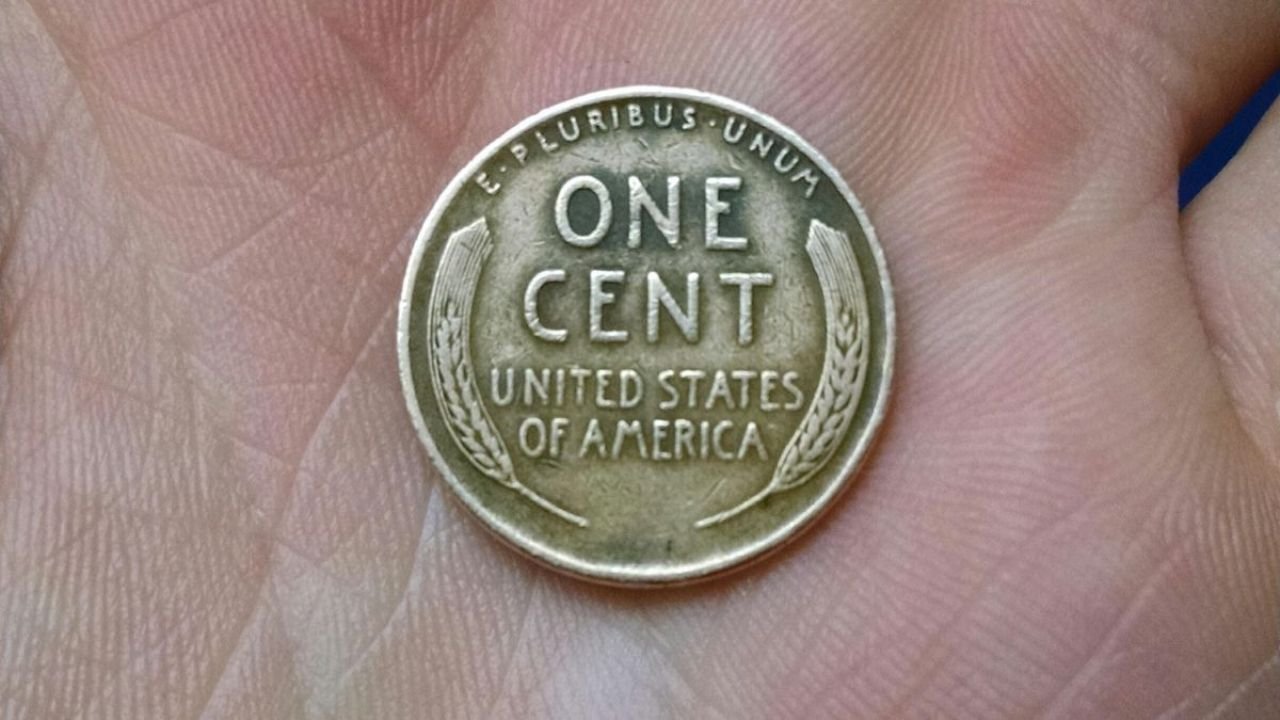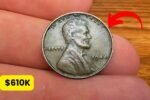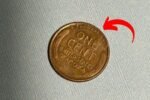The Lincoln Wheat Penny collection isn’t just a series of old coins—it’s a cultural and historical treasure, with experts estimating the entire series could be worth nearly $4 billion. These unassuming one-cent pieces, minted between 1909 and 1958, carry far more than face value. They represent a blend of artistry, rarity, and American history that continues to captivate collectors and historians alike.
A Historic First: Lincoln on a U.S. Coin
In 1909, the U.S. Mint introduced the Lincoln Wheat Penny to commemorate the 100th anniversary of Abraham Lincoln’s birth. This marked a revolutionary moment in American currency—it was the first time a real historical figure (rather than a symbolic figure like Lady Liberty) appeared on a circulating U.S. coin. The design, created by sculptor Victor David Brenner, was met with widespread admiration and remained unchanged for nearly 50 years.
Artistry in Miniature: The Wheat Penny’s Design
Brenner’s design was both simple and striking. The obverse (front) features a dignified profile of Lincoln, capturing his likeness with remarkable detail despite the coin’s small size. The reverse (back) showcases two wheat stalks framing the words “ONE CENT” and “UNITED STATES OF AMERICA,” symbolizing the nation’s agricultural heritage. This elegant yet functional design made the penny instantly recognizable and beloved by the public.
The Rarest of the Rare: Key Dates and Errors
While all Wheat Pennies hold historical significance, some are worth life-changing sums due to their rarity:
- 1909-S VDB: Only 484,000 were minted in San Francisco (marked by the “S” mint mark), and Brenner’s initials (“VDB”) appear at the bottom. These can fetch thousands or even millions in top condition.
- 1943 Copper Penny: During World War II, pennies were made from steel to conserve copper for the war effort. However, a few copper blanks from 1942 were accidentally struck with 1943 dies, creating one of the most valuable mint errors in U.S. history.
- 1922 “No D” Penny: Some 1922 pennies from Denver (normally marked with a “D”) were struck without the mint mark, making them extremely rare.
Could You Find One in Circulation?
The thrill of collecting Wheat Pennies lies in the possibility that a rare specimen could still be hiding in everyday change. While most have been pulled from circulation by collectors, discoveries still happen—sometimes in old coin jars, inherited collections, or even pocket change. The idea that a multi-million-dollar penny might still be out there keeps treasure hunters searching.
What Makes a Wheat Penny Valuable?
Several factors determine a Wheat Penny’s worth:
- Mint Mark & Year: Coins from certain mints (like San Francisco or Denver) and specific years are rarer.
- Condition: Uncirculated coins with sharp details and original luster are worth exponentially more than worn ones.
- Errors: Misprints, double strikes, or missing mint marks can turn an ordinary penny into a collector’s dream.
If you think you’ve found a rare penny, never clean it—handling it carefully and getting it professionally graded (by services like PCGS or NGC) is crucial to preserving its value.
A Coin That Witnessed History
From the Roaring Twenties to the Great Depression, from World War II to the dawn of the Space Age, Lincoln Wheat Pennies circulated through some of America’s most transformative decades. Holding one today is like holding a tiny time capsule, connecting us to the past in a way few objects can.
More Than Money: A Legacy of Collecting
Beyond their financial worth, Wheat Pennies represent a shared cultural heritage. Collectors of all ages appreciate them for their historical significance, artistic beauty, and the thrill of the hunt. Whether you’re a seasoned numismatist or just someone who checks their change, these pennies remind us that history can be found in the smallest places.
The Next Great Discovery Could Be Yours
As digital payments replace cash, physical coins like the Lincoln Wheat Penny become even more special. They’re not just currency—they’re pieces of art, history, and sometimes, incredible fortune. So next time you see a penny, take a closer look. It might be worth far more than one cent—it might be a piece of American legacy.



